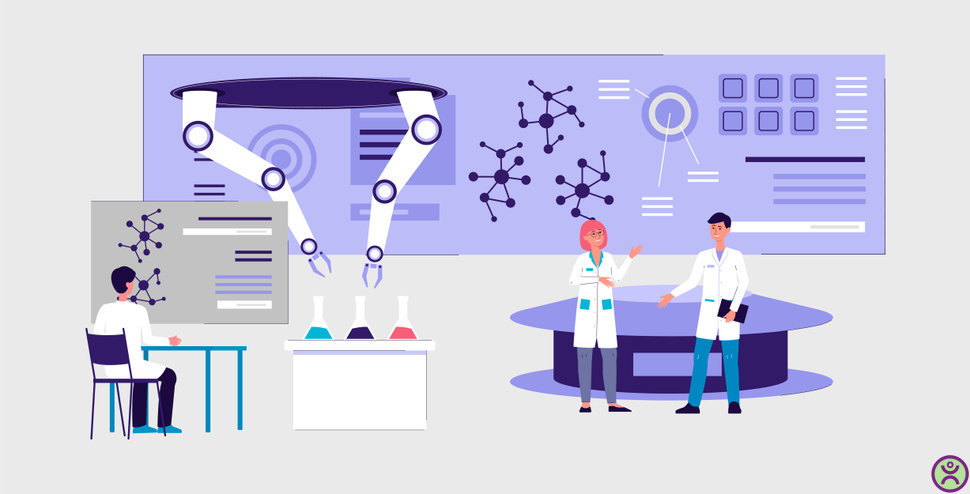Nanotechnology in Medicine: What You Need to Know
In 1994, one of the most popular kids’ television shows of all-time hit the air – the Magic School Bus. The show followed teacher Ms. Frizzle and her class as they took scientific adventures around the world – and beyond.
In one episode, the bus transformed into a microscopic vessel that traveled inside a student to diagnose what was making him sick.
What appeared then as pure fiction is not as far-fetched as it may seem. While scientists aren’t shrinking busses to explore immune systems and diagnose diseases, they are creating nanotechnology and nanobots capable of doing what Ms. Frizzle and her class did.
Understanding Nanotechnology
Time for a quick STEM lesson. The term nano refers to one billionth (10 to the minus 9) of something. Meaning a nanometer is one billionth of a meter. That’s probably hard to conceptualize, so consider this: a nanometer is about three to five atoms wide, or some 40,000 times smaller than the thickness of human hair.
By comparison, a virus is typically 100 nm in size.
When someone refers to nanotechnology, they are referring to the branch of technology that deals with dimensions of less than 100 nanometers. And by extension, this branch of technology deals with the manipulation of individual atoms and molecules.
Nanotechnology is applicable in several science fields - chemistry, biology, physics, engineering and of course medicine.
Nanotechnology in Medicine
The concept of nanotechnology is generally credited to physicist Richard Feynman, who back in 1959 imagined a day where miniature machines could be created, or massive amounts of information could be encoded on miniature spaces.
Feynman’s vision has become a reality. Scientists all around the world are creating mini-machines (in some cases the size of an atom) that can operate inside the body to provide improved treatments and delivery mechanisms.
Here are just some of the immediate, and most promising benefits offered by nanotechnology.
1. Drug Delivery: One of the greatest potential uses of nanotechnology in medicine lies in the ability to use nanotechnology to deliver medication to the exact location of the problem.
Think of it like this, if you had a sore back, you may take an aspirin. But now imagine a mini device that could travel through your body, pinpoint, and then treat the exact source of the pain. Or better yet, imagine the delivery of a vaccine through microneedle patches instead of having to ingest a pill or roll up your sleeve for another injection.
2. Cancer Treatment: Almost two million new cancer cases and over half a million cancer deaths are projected to occur in the United States throughout 2021. But nanotechnology offers hope and one of the greatest chances to successfully treat cancer in the coming years.
Cancer occurs as cells refuse to die and continue multiplying in various places in our bodies, while hiding from our immune systems. Currently, medical professionals typically rely on radiation therapy and chemotherapy to treat cancer. However, one major drawback of these two treatments is that they cannot always specifically target the problematic cancer areas – causing serious or even life-threatening side effects.
Nanotechnology would allow us to create drugs that directly attack cancer cells without damaging other tissues. In fact, Swedish researchers have created a technique that uses nanoparticles to force tumor cells to self–destruct without harming surrounding tissue like radiation and chemotherapy does.
3. Information gathering. Nanotechnology can even be used to gather critical information from within the body. This critical information can then be relayed to medical professionals or the individuals hosting the technology. For example, nanorobots could signal your smartphone if your glucose level is too high or if it recognizes a virus in the body that will make you sick. Nanorobots could also be distributed in the body to absorb and remove dangerous toxins.
In or around 2015, John Hopkins University developed star-shaped robots only 1 millimeter across that can take biopsies inside the colon. Such an approach is a much less invasive means of screening for colon cancer. Engineers are even working on having these robots perform surgery inside the colon.
In sum, nanotechnology promises significant advances in the way we treat diseases and connect with the body.













